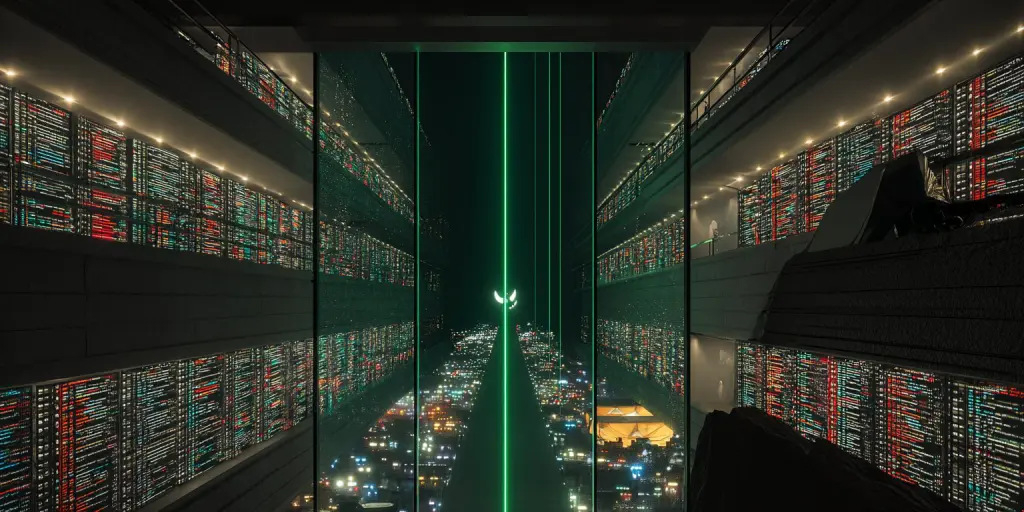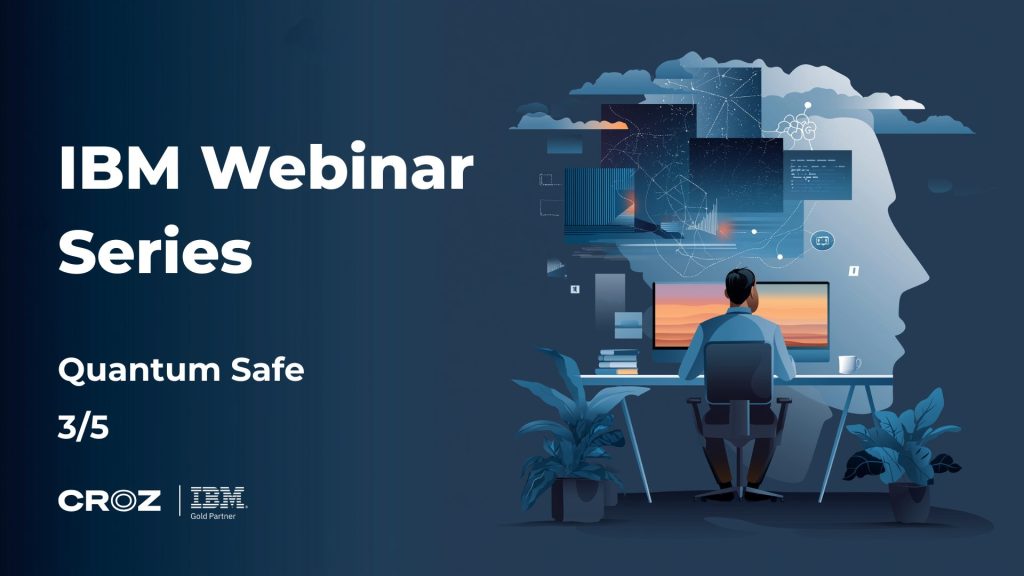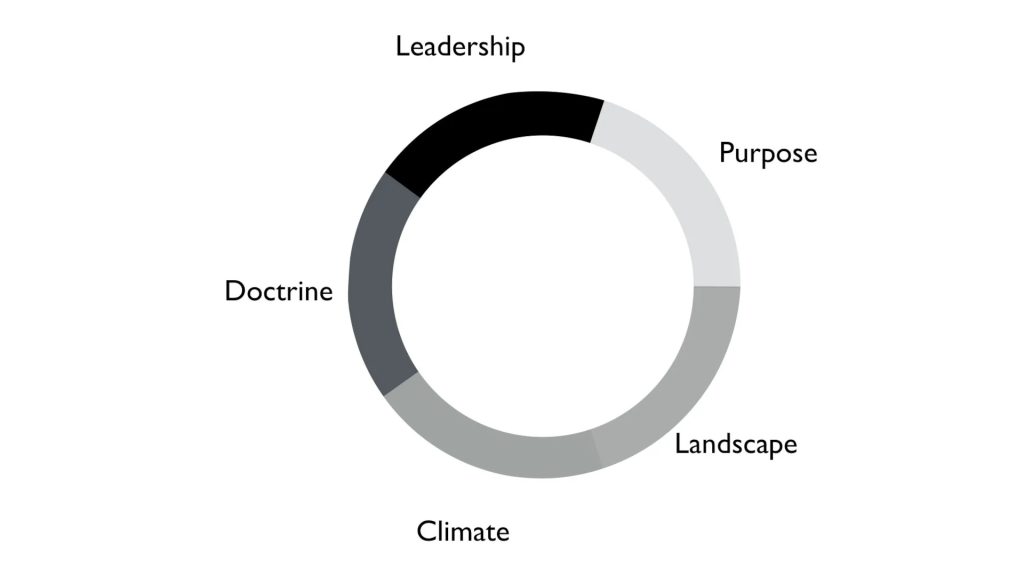Internet of things. For a while now in the IT world we didn’t had so intriguing and attractive title. So it is not strange that everyone would like to participate in this revolution and that they want to be related to this title. At the same time, for ages we didn’t have so wide and abstract concept, a reason why many attempts of implementation become inconclusive.
What does hide behind this popular title? Geek definition says that the internet of things is a network of connected devices that use sensors to collect and exchange data; data which then becomes a base to do specific actions. Although this definition clarifies the technical background of the story really well, it is so sterile that it cannot paint the magnitude of what is really happening. During the course of history, humanity had gone through many revolutionary breakthroughs. One of them is for sure the invention of the Internet. Internet created the virtual world and although it exists for less than 30 years, his relevance and seriousness is scary. This world has its own laws, virtual currency, criminals, crime fighters… it has everything. Old-fashioned people and misfits found the comfort in the fact that these two worlds are completely separated. And they were. Until they stopped to be.
Internet of things is a missing link, a link that connects the physical and virtual world. The devices in the physical world with their sensors register the stimuli which are transferred to the virtual world. The collected data are analyzed, and based on the analysis specific action is done, usually on the devices in the physical world. By that, both physical and virtual worlds become one.
If we are observing the concept, Internet of things is consisted out of three basic components: sensors, communication infrastructure and processes. Sensors are discreet devices that collect data from the physical world. Data are transferred and collected through the communication infrastructure. At that point, in the story we add people and process because the collected data is used as a foundation for decision making and action implementation.
So that everything would work without a problem, each device needs to have a unique identification. Luckily, the new IPv6 address scheme made sure that all devices on the planet could become a part of the internet of things. You don’t believe it is possible?
IPv6 address scheme can provide 340.000.000.000.000.000.000.000.000.000.000.000.000 IP addresses. To paraphrase, each atom on the Earth can have its own IP address. OK, maybe I exaggerate a little, but it is obvious that this is a huge number of addresses.
Future has already started
Internet of things has been already here and we are using it, but most likely we are not even aware of that. Let’s start from the most annoying thing – the traffic. A navigational system like google maps and Garmin are aware of traffic density and they are suggesting the alternative routes. In Google Maps case, every device that is using the system is sending its information about their location and movement. Information is processed centrally and a model for traffic density is created by which system recognizes traffic jams and suggests alternative routes. The strength is in the big numbers. One device by itself couldn’t create a reliable model, but with hundreds of million devices that are sending their location and speed, the model becomes incredibly reliable.
Another important domain where Internet of things finds its application is the healthcare. On the market there is a real flood of devices that are measuring physical activity and recommend exercise programs. Beside the recreational and sport application, there is a significant trend that Internet of things is applicable in the classical medicine. Every time a person goes to a doctor, it requires planning and waiting. By using Internet of things some of the routine examinations could be done at home. Specialized devices would use sensors to read the basic vital functions and send the data into the central system, where the doctor would check them and prescribe further actions.
What will happen in 10 years in the tech world?
Fortune telling in which direction will Internet of things develop is a great pastime for a lot of people, so let’s indulge ourselves and imagine how will the World look like in 2026.
Cold fusion as the infinite source of the pure energy will still not be ready for the commercial use. Classical energy will become more expensive and people will be extra motivated to optimize its use. The electrical grid will become the smart electrical grid. By continuing analyses of the use of the electrical energy, the grid will become aware of the periods where the consumption peaks, and the period when the consumption is below the working capacity. In this periods grid has a surplus of the electrical energy that it wants to place somewhere else. Even by lower prices. A household that would be interested to use this cheaper energy, will be able to use it by giving the control over devices, like washing machines and dishwashers, to the grid. The grid will detect the surplus of the electrical energy and send a signal to the machines to turn on and use this cheaper electrical energy.
Small sensor dimensions and lowering the price for their production combined with a small size of the IPv6 address space create preconditions that everything gets included in the Internet of things. Everything what is important to a person will be included in the Internet of things. Just imagine powerful search engines and Internet of things. Did you lose your wallet? No problem, just open Google and ask: “Where is my wallet?” and Google will answer with the location of the wallet. It is not unbelievable to achieve this by 2026.
Cars are becoming more interactive every day. Even today, many of them have in their standard equipment, devices like microphones for the phone, cameras for recognizing traffic signs, cameras for driving in reverse. All of these multimedia devices have a narrow and specific purpose. In the future, cameras could be used for surveillance, for having a record of traffic accidents, for providing a completely new dimension in services like Google View where, instead of static pictures, there will be real time pictures.
Terabytes of personal information will create a completely new concept of personalized marketing. Our smartphone, smart watches, smart glasses and other smart devices will reveal our feelings, preferences and wishes. By entering a store, the marketing system will, by getting information from your smartphone or some other wearable smart device, identify you as a person, collect the information about your habits and prepare the customized marketing messages for you. Smart clock will detect pulse changes and elevated temperature. Smart glasses will notice if you are looking into some specific products longer, you will be able to blink once to buy, twice to add them to the wish list, find out how much credit you have will be displayed.
Hmm… sounds great, but scary at the same time
Internet of things offers numerous possibilities, but like always in life, with big possibilities there is also a lot of responsibility that should be taken in consideration. The amount of data collected by the sensors is huge, and within this data there is a lot of personal information. Some database in the world knows when do you wake up, which days are you going for a training, which routes are you taking, do you obey traffic rules, with whom are you talking in the car, where are your keys… That is scary, isn’t it?
That is why the security aspect of the collected data will become one of the most important aspects. New security solutions will be able to handle the control who has the access to the data, but also to make sure that the devices are secured so that hackers cannot turn on our devices and find our keys. IT security solution industry will thrive. Kids, are you reading this?
How would Dilbert’s life get influenced by the internet of things?
All of this suggests to us that an average life of an IT guy will change. Enormous quantities of data will become too big for the local storage systems. Dilbert will have to learn how to use the cloud. Data will be exchanged in every possible way so the bus will become the most important part of the system. Small and cheap devices like Raspberry Pi will find their place on the field. How to transform and propagate data? What are the big data and how to store and analyze so much data? These are the knowledge and skills which Dilbert of the future will have to learn.
Maybe these scenarios look more like something from a Star Trek, but they are actually very realistic. Technology has been already here; the catch is only to discover what are the needs of the end users. In the last 5-6 years, smartphones had made a real revolution of the way how do people function daily and how business is done. But, why stop only on the smartphones? Internet of things is the next stage of the revolution which already started and it awaits you to join in.

The future where all of the devices are connected (source: www.kasalis.com)
Falls Sie Fragen haben, sind wir nur einen Klick entfernt.



